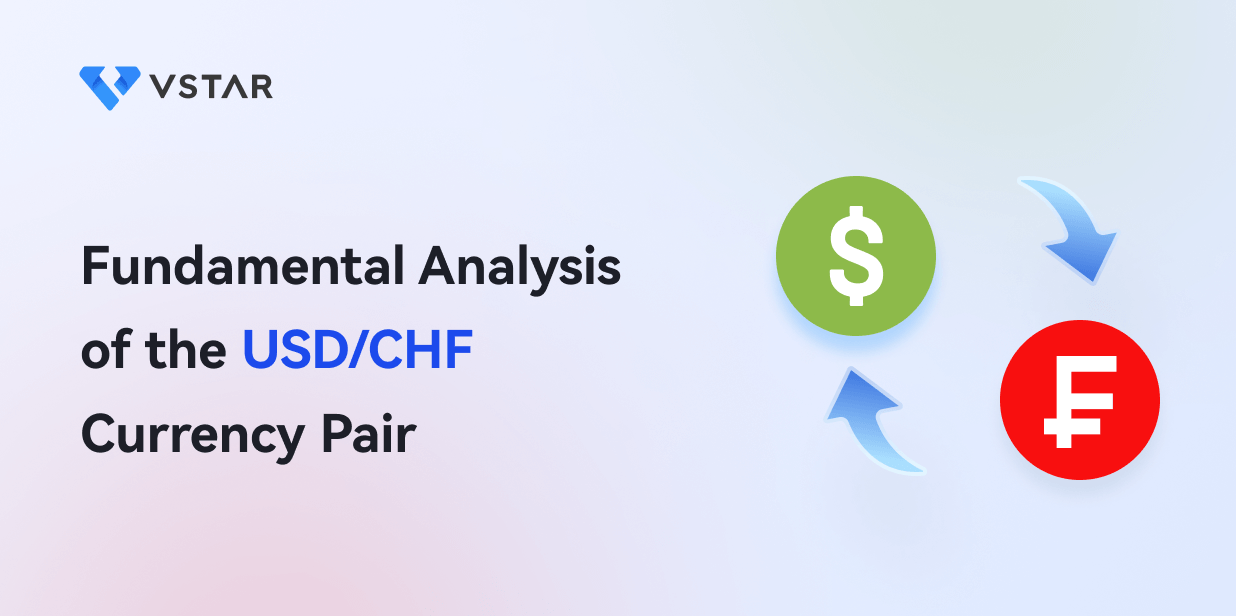Introduction
The USDCHF currency pair represents the exchange rate between the United States dollar (USD) and the Swiss franc (CHF). It reflects how many Swiss francs it takes to buy one US dollar. This pair is considered one of the major currency pairs in the forex market, influencing global financial activities.
Fundamental analysis is a crucial tool for understanding the dynamics of the USDCHF currency pair. It involves evaluating economic indicators, political events, and market sentiment that impact both the US and Swiss economies. By analyzing these factors, traders gain insights into potential price movements, allowing informed decision-making.
However, the US dollar, a cornerstone of global trade, serves as the world's primary reserve currency. Indicators like GDP growth, employment rates, and Federal Reserve policies influence its value. Meanwhile, the Swiss franc, often considered a safe-haven currency, is influenced by Switzerland's economic stability, monetary policy set by the Swiss National Bank, and global risk sentiment.
Macroeconomic Overview - United States
As you consider the fundamental analysis of the USDCHF currency pair, understanding the macroeconomic landscape is essential. Factors such as GDP growth, inflation, monetary policy, and political decisions collectively contribute to shaping the trajectory of this currency pair. By staying informed about these developments and analyzing their potential impact, you can make more informed decisions when trading the USDCHF pair.
A. Economic Indicators Review
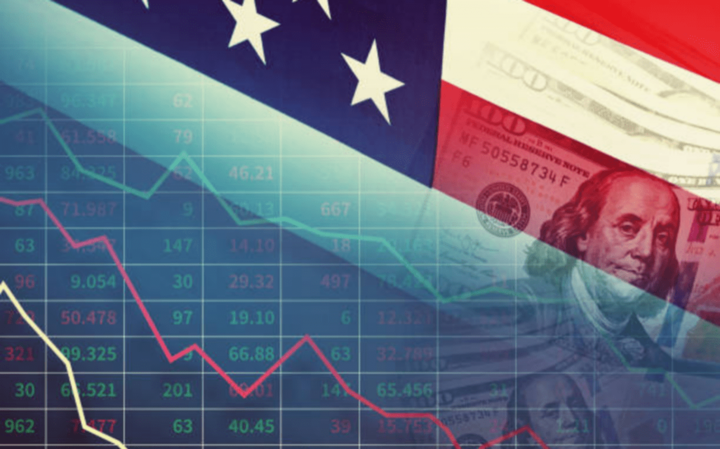
Image Source: Unsplash
The US economy exhibited resilience in 2022 and 2023, marked by steady GDP growth and declining unemployment rates. GDP growth, driven by robust consumer spending and business investment, hovered around 3-4%. The unemployment rate trended lower, indicating a healthier job market and increased consumer purchasing power.
Besides, inflation became a focal point as 2022 progressed. Transitory factors, supply chain disruptions, and increased demand led to higher inflation rates. The Federal Reserve closely monitored this, with year-on-year inflation reaching around 3-4%, prompting debates on its implications for monetary policy.
Both business and consumer confidence remained positive in this period. Strong corporate earnings and improved labor conditions boosted business sentiment. Consumer confidence was supported by a resilient job market and fiscal stimuli, driving spending.
B. Monetary Policy
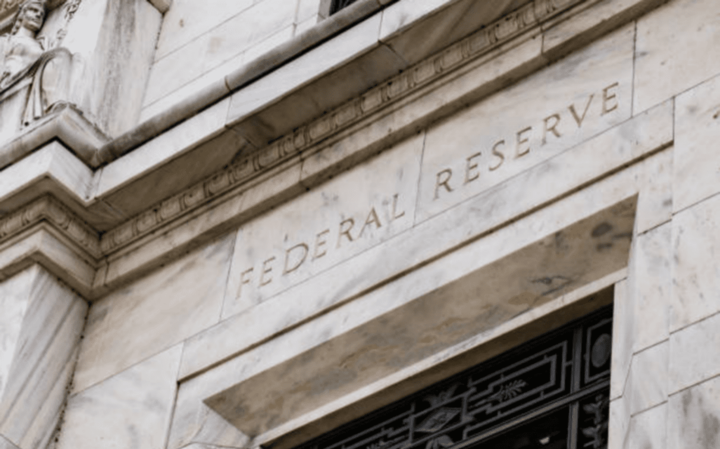
Image Source: Unsplash
The Federal Reserve adopted a balanced approach in 2022 and 2023, seeking to support economic growth while managing inflation. Gradual tapering of asset purchases and discussions of interest rate hikes reflected their commitment to maintaining stability.
Also, the anticipation of interest rate hikes created ripples across the market. The Federal Reserve's guidance on the pace and timing of rate hikes shaped market sentiment, influencing the USDCHF currency pair's dynamics.
C. Political Climate
The US government's focus on infrastructure investment and fiscal stimuli played a significant role in economic growth. These policies aimed to bolster employment and enhance overall economic activity.
Moreover, trade policies, both domestic and international, impacted the USDCHF currency pair. Bilateral agreements, trade tensions, and shifts in global trade dynamics affected the US dollar's value relative to the Swiss franc.
Macroeconomic Overview - Switzerland

Image Source: Unsplash
The fundamental analysis of the USD CHF currency pair involves examining the economic factors influencing the US Dollar (USD) and the Swiss Franc (CHF) currency pair. For Switzerland, a robust banking sector, precision industries, and pharmaceuticals impact the CHF. Its trade balance and global economic ties are crucial. For the US, GDP growth, employment data, interest rates, and geopolitical developments are central. Both nations' political stability, monetary policies, and global market trends contribute to the USDCHF fluctuations, making this analysis essential for investors navigating the dynamics of this currency pair within the broader context of Switzerland's resilient economy.
A. Economic Indicators Review

Image Source: Unsplash
Switzerland maintained its steady economic performance throughout 2022 and 2023. The GDP growth rate remained around 2%, reflecting the nation's stability and resilience. Unemployment remained impressively low, hovering at 3-4%, underscoring the efficiency of its labor market.
Inflation in Switzerland was relatively modest during this period, staying close to 1%. This stability was attributed to prudent monetary policies and controlled consumer demand.
Both business and consumer confidence levels demonstrated a positive trend. The combination of economic stability, efficient infrastructure, and innovation contributed to bolstering Switzerland's attractiveness for investment and consumption.
B. Monetary Policy
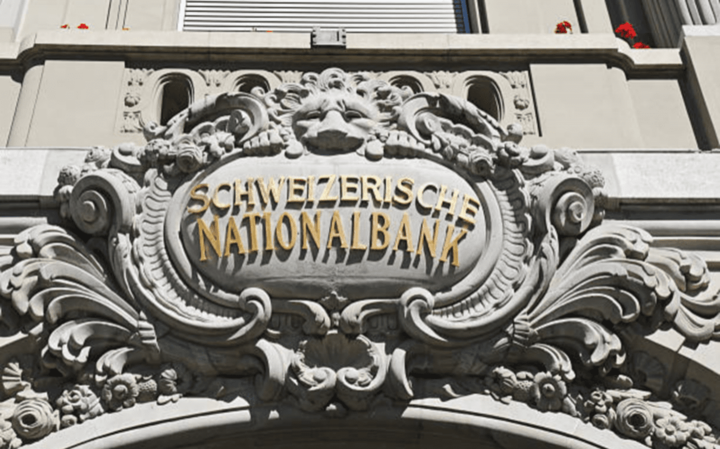
Image Source: Unsplash
The Swiss National Bank (SNB) maintained its accommodative stance, aiming to prevent excessive appreciation of the Swiss franc. Interventions in the foreign exchange market remained a tool to manage the currency's strength.
Also, the SNB's negative interest rates persisted to counteract the appreciation of the Swiss franc. Traders closely monitored any signals from the SNB regarding potential changes to these rates.
C. Political Climate
The Swiss government continued its focus on innovation, research, and development. Fiscal discipline and policies to attract foreign investment played a crucial role in sustaining the nation's economic health.
Switzerland's export-driven economy made it susceptible to global trade tensions. The Swiss franc's safe-haven status led to fluctuations, as investors sought refuge during uncertain times.
Analysis of the USDCHF Currency Pair
Analyzing the USD CHF currency pair involves scrutinizing pivotal economic indicators affecting the US Dollar (USD) and Swiss Franc (CHF). These encompass interest rates, GDP growth, inflation, employment data, and trade balances in both economies. Factors that influence a bullish or bearish stance include divergence in monetary policies between the Federal Reserve and the Swiss National Bank, geopolitical tensions, and global economic trends. However, risks like unexpected policy shifts, geopolitical instability, and changes in market sentiment can lead to abrupt fluctuations. Effective analysis considers these components to make informed predictions about the future movements of the USDCHF pair.
A. Relevant Economic Indicators

Image Source: Unsplash
The interdependence of the U.S. and Swiss economies plays a significant role in shaping the USDCHF currency pair. Economic indicators such as GDP growth, unemployment rates, and inflation in both countries can impact the exchange rate. Understanding these correlations helps predict potential trends.
GDP growth influences investor confidence and trade dynamics. Inflation rates impact purchasing power, while interest rates determine the cost of borrowing and investing. These factors collectively influence the supply and demand for each currency, thereby influencing the USDCHF exchange rate.
B. Factors Supporting a Bullish or Bearish Stance

Image Source: Unsplash
The Federal Reserve's decisions regarding interest rates, quantitative easing, and asset purchases can cause fluctuations in the USDCHF pair. Tightening monetary policy may lead to a stronger USD, while accommodative policies could weaken it.
The Swiss National Bank's actions to manage the Swiss franc's strength through interventions and interest rates also influence the pair. Negative interest rates and interventions can impact the franc's value against the dollar.
Trade agreements, tariffs, and trade tensions between the U.S. and its trading partners can affect the USDCHF currency pair. Trade policies impact the economies of both countries and consequently the exchange rate.
C. Potential Risks to the Currency Pair
Unexpected shifts in global economic growth can lead to risk-on or risk-off sentiment, impacting the demand for safe-haven currencies like the Swiss franc. Economic shocks can trigger abrupt changes in the USD/CHF pair.
Monetary policy shifts driven by unforeseen economic developments can create volatility in the currency pair. Central bank decisions may lead to quick and substantial exchange rate movements.
Geopolitical events, such as trade tensions, political instability, or international conflicts, can significantly impact the USD/CHF exchange rate. These events influence market sentiment and investor behavior.
As you navigate the fundamental analysis of the USD CHF currency pair, consider the intricate interplay of economic indicators, monetary policies, and geopolitical factors. By comprehensively evaluating the relevant factors and keeping a keen eye on market trends, you can approach trading this currency pair with greater confidence and effectiveness.
Trading Strategies for USDCHF

Image Source: Unsplash
Developing trading strategies for the USDCHF currency pair involves a multi-faceted approach. Technical analysis examines historical price trends, chart patterns, and key levels to inform entry and exit points. Effective risk management through position sizing, stop-loss orders, and risk-reward ratios safeguards against potential losses. News trading capitalizes on market reactions to economic releases and geopolitical news, requiring swift execution. Combining technical analysis, prudent risk management, and staying attuned to relevant news events enables traders to navigate the fluctuations of the USDCHF pair with increased precision and confidence.
A. Technical Analysis
Technical analysis involves studying historical price data, patterns, and indicators to predict future market movements. Traders analyze charts, trends, and key levels to make informed decisions on entry and exit points. By understanding market psychology and price patterns, technical analysis aids in identifying potential trading opportunities and assessing risk.
Identifying trends and patterns
Technical analysis involves studying price charts to identify trends and patterns. Analyzing historical price movements can help you spot potential trends, such as uptrends, downtrends, and sideways movements. Recognizing chart patterns like head and shoulders, triangles, and flags can guide your trading decisions.
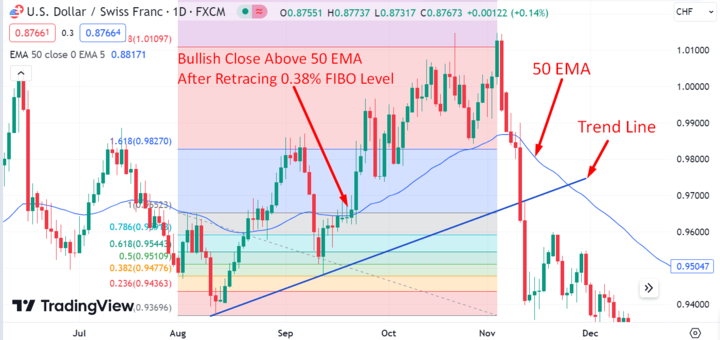
Image Source: TradingView
Use of indicators such as moving averages and Fibonacci retracements
Incorporating technical indicators enhances your analysis. Moving averages help smooth out price data and identify trends. Fibonacci retracements help determine potential support and resistance levels, aiding entry and exit points.
B. Risk Management
Risk management is paramount in trading. It involves strategic steps to control potential losses and safeguard capital. Techniques include setting stop-loss orders, diversifying portfolios, and adhering to sensible position sizing. Effective risk management ensures longevity in trading endeavors by minimizing the impact of unfavorable market movements.
1. Setting Stop-Loss and Take-Profit levels
Risk management is crucial to protect your capital. Setting stop-loss orders prevents excessive losses by triggering a sell order at a predefined price. Take-profit orders secure your profits by automatically closing a trade at a predetermined level.
2. Determining position size based on risk tolerance
Position size is determined by risk tolerance. Traders assess how much of their capital they're willing to risk per trade, often as a percentage of their overall portfolio. This approach aligns trade size with individual risk appetite to protect against excessive losses and effectively manage potential drawdowns.
C. News Trading
News trading is a strategy focused on capitalizing on market volatility resulting from significant economic or geopolitical news releases. Traders aim to anticipate price movements by quickly reacting to unexpected news events, and exploiting short-term opportunities. However, this approach demands fast execution and careful risk management due to the unpredictable nature of news-driven market reactions.
1. Following economic events and data releases
Economic indicators, central bank announcements, and geopolitical events can cause volatility in the USDCHF pair. Use an economic calendar to stay informed about upcoming data releases.
2. Trading based on market reactions to news
News trading involves capitalizing on market reactions to economic data. A positive economic release can lead to USDCHF appreciation, while negative news might trigger a decline.
Leveraging VSTAR in your trading journey can enhance your strategies. Its insights provide a valuable edge, guiding you through the complexities of the forex market. Whether you're assessing relevant economic indicators, managing risks, or capitalizing on news events, VSTAR works seamlessly to provide you with real-time analysis and support.
Trading the USDCHF pair requires a holistic approach that combines fundamental and technical analysis with effective risk management. Utilizing VSTAR's insights can refine your strategies and improve your decision-making. Remember to practice these strategies on demo accounts before transitioning to live trading. By applying a well-rounded approach, you can navigate the complexities of the currency market and enhance your trading success.


Conclusion
Through our analysis, we identified factors that could support a bullish or bearish stance on the USDCHF currency pair. The interplay of central bank policies, economic data, and global trade tensions highlighted the complexities of forecasting exchange rate movements.
As you venture into trading the USDCHF currency pair, remember that comprehensive analysis is your compass. Balancing fundamental insights with technical analysis and prudent risk management can guide your decisions. VSTAR's tools and insights can enhance your strategies, aiding you in navigating the ever-changing forex landscape.
With a clear understanding of the USDCHF currency pair's fundamentals, armed with actionable strategies, and leveraging the power of VSTAR, you're poised to embark on your trading journey confidently. Keep refining your skills, staying updated on economic developments, and applying a disciplined approach to seize opportunities in this dynamic forex market.







